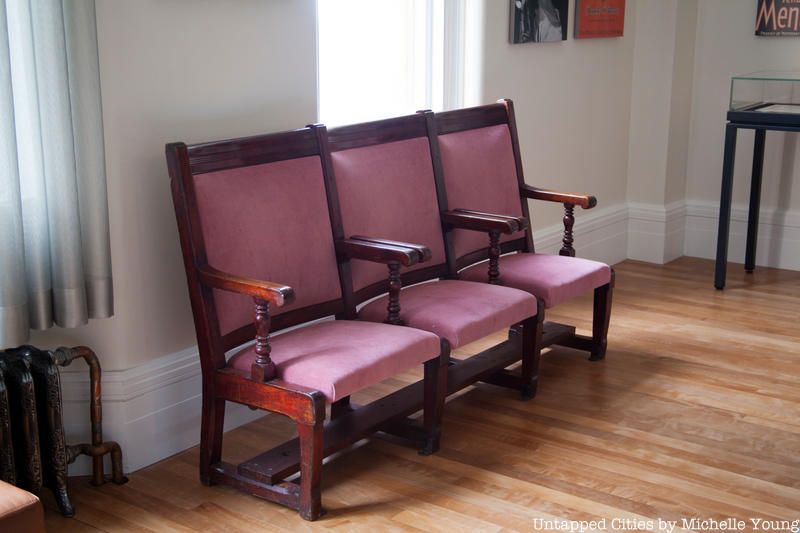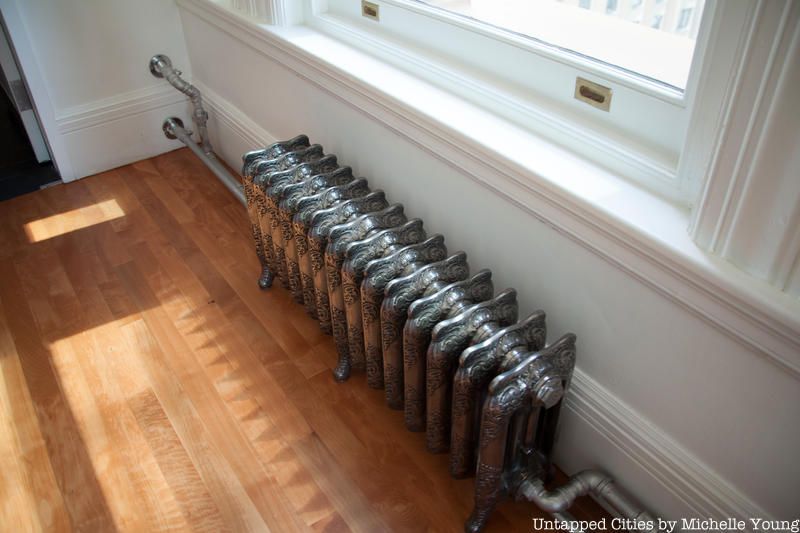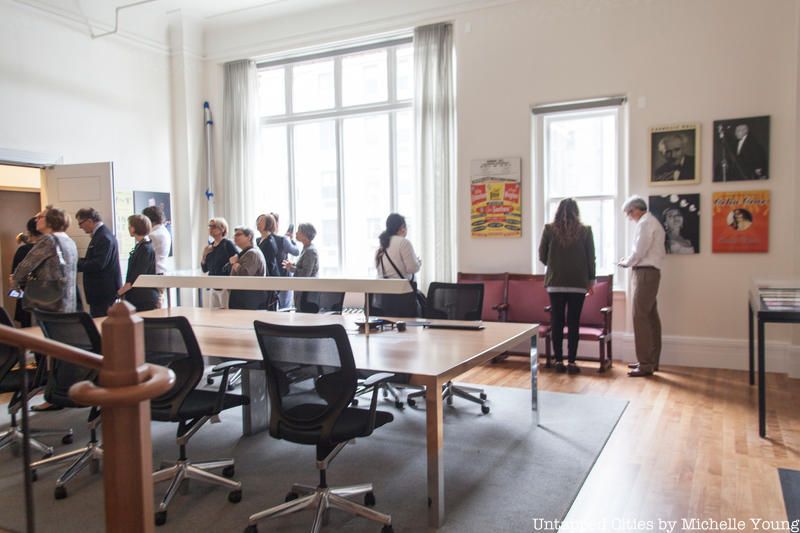Last-Minute NYC Holiday Gift Guide 🎁
We’ve created a holiday gift guide with presents for the intrepid New Yorker that should arrive just in time—


Carnegie Hall, arguably the most famous concert hall in the world, has had its fair share of architectural alterations and revisions over the years. The original hall had a red tile mansard roof, and the building looked quite different (and shorter) than the hall today. Its acoustics were considered a technological marvel, and the architect William Tuthill, who trained in the office of Richard Morris Hunt, was also an amateur cellist. But despite critical acclaim, Carnegie Hall lost money in its first season in 1891, prompting Andrew Carnegie to think of more revenue streams for the building. In The Midtown Book by Carter Horsely, he contends that later additions just before the 19th century “were very important precursors of the major mixed-use building type.”
By 1894, the mansard roof was removed and two floors were inserted for double height loft studios that could be rented, bringing in additional income for the music hall. In addition, a new 12-story building on 56th Street was built. The new additions are shown in the below 1895 photograph. These additional space were still not enough to cover the operating deficit so in 1896, a new tower was built along 57th Street above the building, known as the Studio Towers or the The Towers over the Hall. The apartments, of which there were 170 in total, were designed to be live/work housing for working artists, something that Wendy Goodman wrote in New York Magazine was not offered out of “cultural altruism—the rents were a source of revenue” for Andrew Carnegie and the not-for-profit company that operated Carnegie Hall.

Carnegie Hall in 1895. Photo in public domain from Wikimedia Commons
In the second expansion of Carnegie Hall, the artist studios were built by architect Henry Hardenbergh, who also designed the Dakota Apartments and Plaza Hotel. They had an elaborate style with upscale interior details, skylights and double-height ceilings. It was only later that the studios developed their bohemian reputation. Leonard Bernstein, who lived in the studios, wrote West Side Story about the gangs in the San Juan Hill neighborhood (now Lincoln Center), which he could see from Carnegie Hall. Other notable residents of the studios have included Marilyn Monroe, New York Times photographer Bill Cunningham, photographer Editta Sherman, Marlon Brando, Isadora Duncan, Jerome Robbins, and many more.

Carnegie Hall in 1910. Photo in Public Domain from Wikimedia Commons.
When the studios were converted into educational spaces in 2015, the architectural change followed several years of protests and lawsuits from residents and other creatives who rallied to save the studios. The unique world inside these artist studios and the trepidation residents felt when they had to move out was revealed in the documentary Bill Cunningham New York, which showed the photographer when he was still living there, and his move across the park to new housing the Carnegie Corporation had found for him.

Most of the north-facing skylights, which allowed for an abundance of natural light to flow into the studios, were demolished in the renovation but one row was rebuilt within a new rooftop garden and plaza. Interestingly, a rooftop garden was included in the original plan for Carnegie Hall but was never executed.
And now, if you want to see what an original artist studio would have looked like, your best bet is to visit the Carnegie Hall archives, which is built into one of the former studios. You can see many of the original details of the more elaborate studios, some which included a fireplace and staircases with banisters between levels. Even the original radiators, probably the fanciest you’ll ever see, are still there.

The archive has display cases and images on the wall, including photos of the original version of Carnegie Hall, construction photos, structural and ornamental elements that have been saved, concert posters, and a three-set row of the original seats of Carnegie Hall (which you can sit on!). Inside the archive include collections of batons from famous conductors, all the programs from Carnegie Hall’s history, a page from the manuscript of Beethoven’s Wellington Symphony, part of a score by Duke Ellington. There are several named collections within the archive, like one that contains the items from Walter Damrosch including “autographed cabinet cards of Pyotr Ilych Tchaikovsky, a letter from Franz Liszt, and other items,” the collection of an usher who frequently escorted Andrew Carnegie himself to concerts, and the materials from the architect of Carnegie Hall.

As the story goes, the Carnegie Hall archive only came into being during the 1980s when a heap of programs was discovered in the air vents. As Luke Spencer from Atlas Obscura writes, “For many years, after a concert, instead of putting programs in the trash and dragging it down five flights of stairs, porters dumped programs down air vents that were at the time located between every tenth seat. This heap of filthy programs became collection No. 1 of the archives of one of the world’s most prestigious concert venues.”

Not everything is contained within this archives however. The public can see items on rotating display in the Rose Museum, located on the second floor of the building. During concert season, the museum is open 7 days a week from 11 AM to 4:30 PM, and on select evenings to those attending concerts Stern Auditorium / Perelman Stage. The Rose Museum, founded by the Susan and Elihu Rose Foundation, has been open since 1991.



Next, check out the Top 10 Secrets of Carnegie Hall.
Subscribe to our newsletter